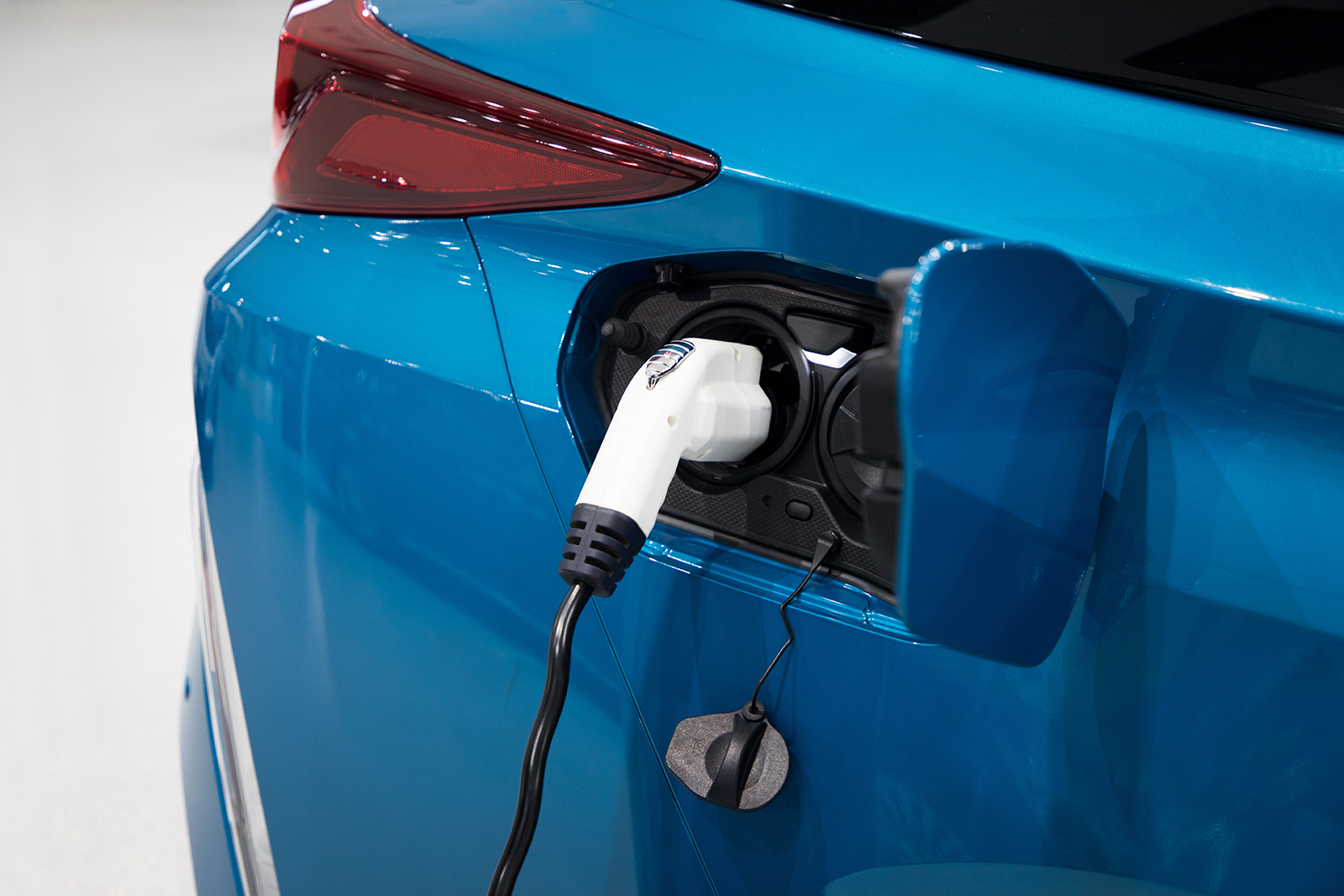Metrology for hydrogen vehicles
This is project funded by an EMPIR initiative, which is co-funded by the European Union’s Horizon 2020 research and innovation program and Participating States. Its consortium consists of 20 partners from UK, Spain, France, Denmark, Sweden, Netherlands, Germany, Switzerland and Norway. This is a first large scale project of its kind that tackles the four measurement challenges that currently prevent the industry from meeting requirements set by International Standards such as flow metering, quality control, quality assurance and sampling.
In order to properly determine the main measurement needs, a survey was undertaken involving key stakeholders of the hydrogen industry (including hydrogen producers, station operators, automotive manufacturers and standardization bodies) to understand the measurement challenges that this industry currently faces. The results clearly demonstrated that there are four key technical measurement challenges that prevent a hydrogen economy from growing in Europe:
- It is not possible to accurately calculate the amount of hydrogen dispensed when filling hydrogen into a fuel cell vehicle and therefore the customer cannot be charged correctly when buying hydrogen from the station.
- Hydrogen provided by the refueling stations will need to meet the hydrogen purity specifications of ISO 14687; however no laboratory in the world can currently perform all of these measurements under accreditation.
- Hydrogen refueling stations (HRSs) will typically need to install instruments that can continuously monitor key impurities online to ensure harmful impurities never reach the fuel cell vehicles; these instruments are in development but have not yet been tested or validated.
- There are no verified techniques that can be followed, or validated sampling vessels available, when HRSs sample hydrogen is sent to laboratories for purity analysis; there is a high risk that the sample received by the laboratory is not representative of the hydrogen dispensed into the vehicles.
The overall aim of this project is to develop metrology that will support the safe use of hydrogen in refueling stations for the transport sector.

